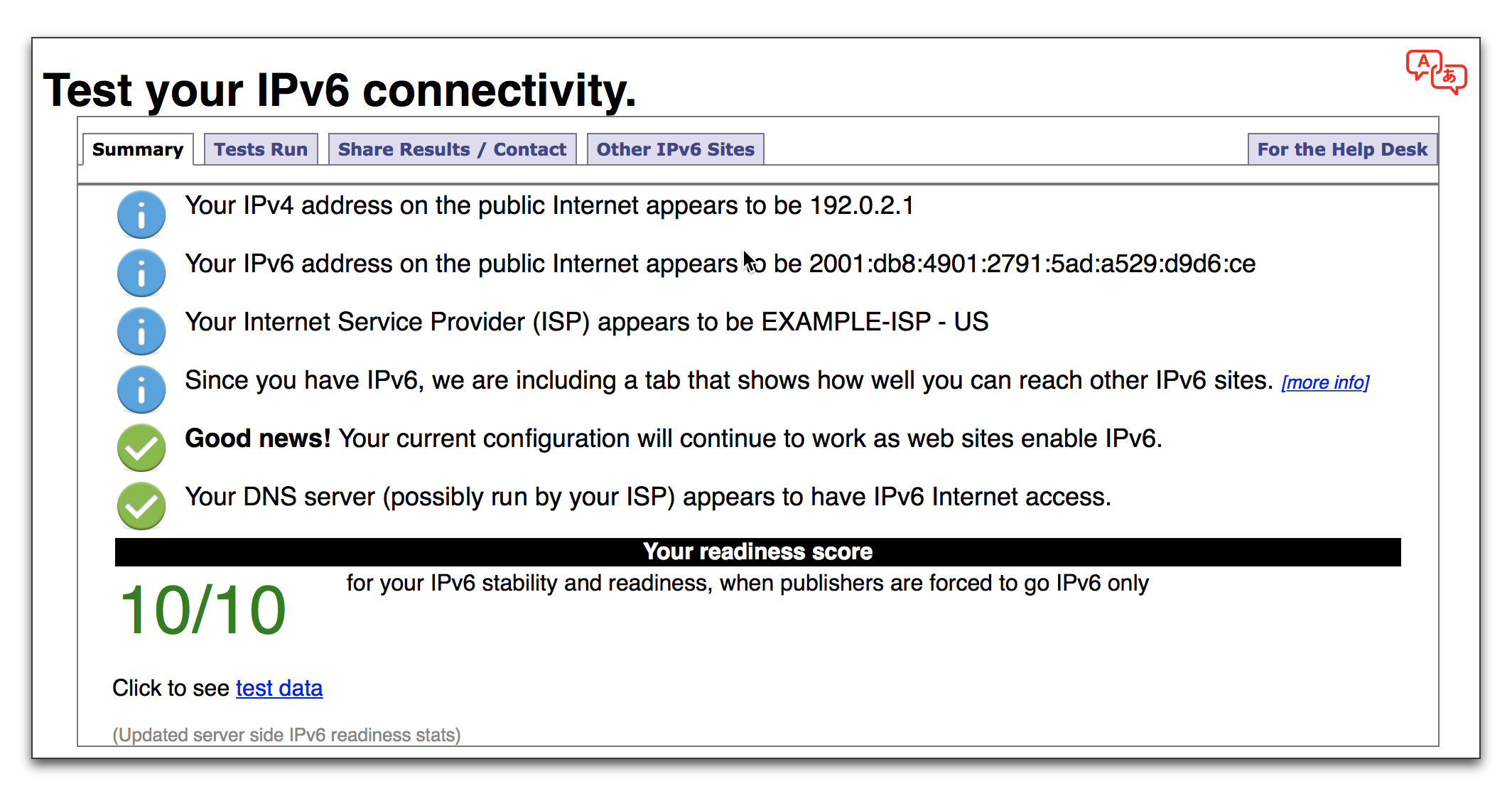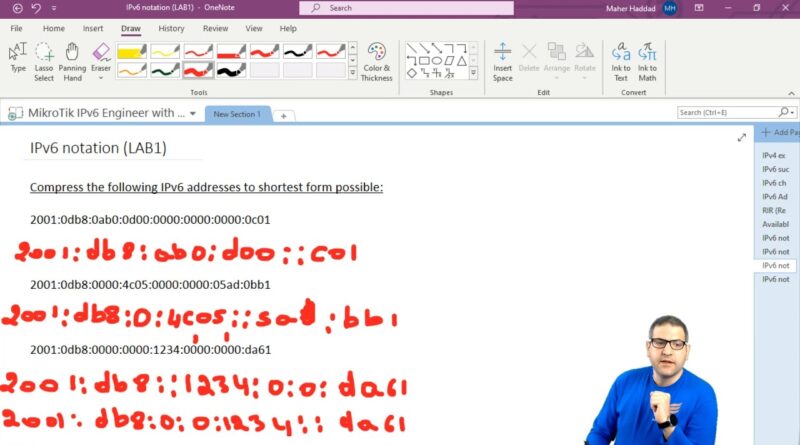
The alphanumeric characters used in hexadecimal are not case sensitive therefore, uppercase and lowercase characters are equivalent.

You will see later in this section how to possibly reduce the number of digits required to represent an IPv6 address. Every 4 bits can be represented by a single hexadecimal digit, for a total of 32 hexadecimal values (0 16 through f 16 ). IPv6 addresses are 128 bits in length and written as a string of hexadecimal digits.

These addresses are examined more closely in Chapter 5, “Global Unicast Address,” Chapter 6, “Link-Local Unicast Address,” and Chapter 7, “Multicast Addresses.” Representation of IPv6 Addresses Some addresses, such as global unicast, link-local unicast, and multicast addresses, have more significance in IPv6. This chapter examines all the different types of IPv6 addresses in the unicast, multicast, and anycast categories. You will also learn how to represent many IPv6 addresses with fewer digits, using two simple rules. In this chapter, you will become familiar with reading IPv6 addresses. IPv6 includes new address types as well as changes to familiar address types. However, there are many other differences between the two protocol addresses. An IPv4 address is 32 bits and expressed in dotted-decimal notation, whereas an IPv6 address is 128 bits in length and written in hexadecimal. The most obvious and recognizable difference between IPv4 and IPv6 is the IPv6 address.


 0 kommentar(er)
0 kommentar(er)
